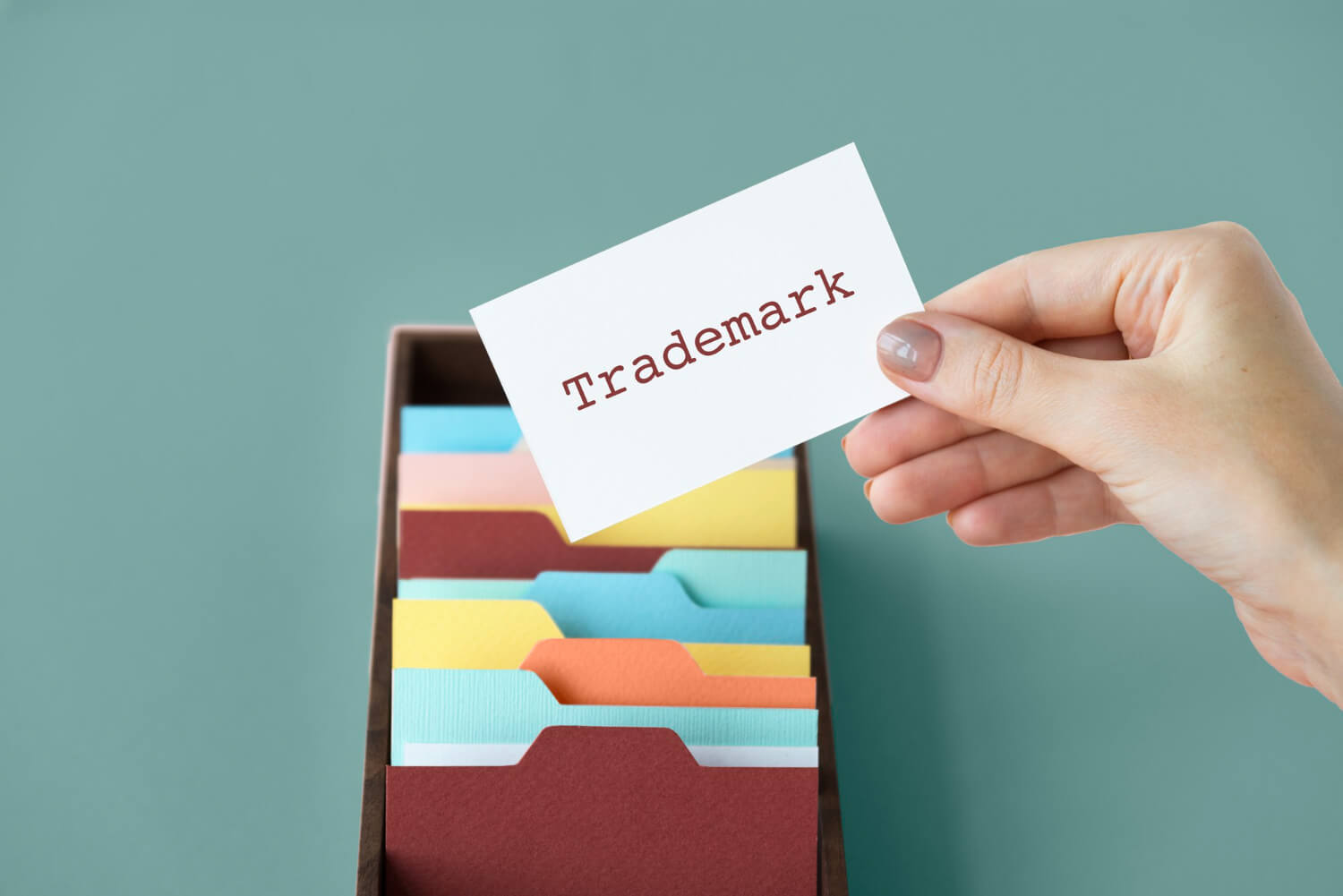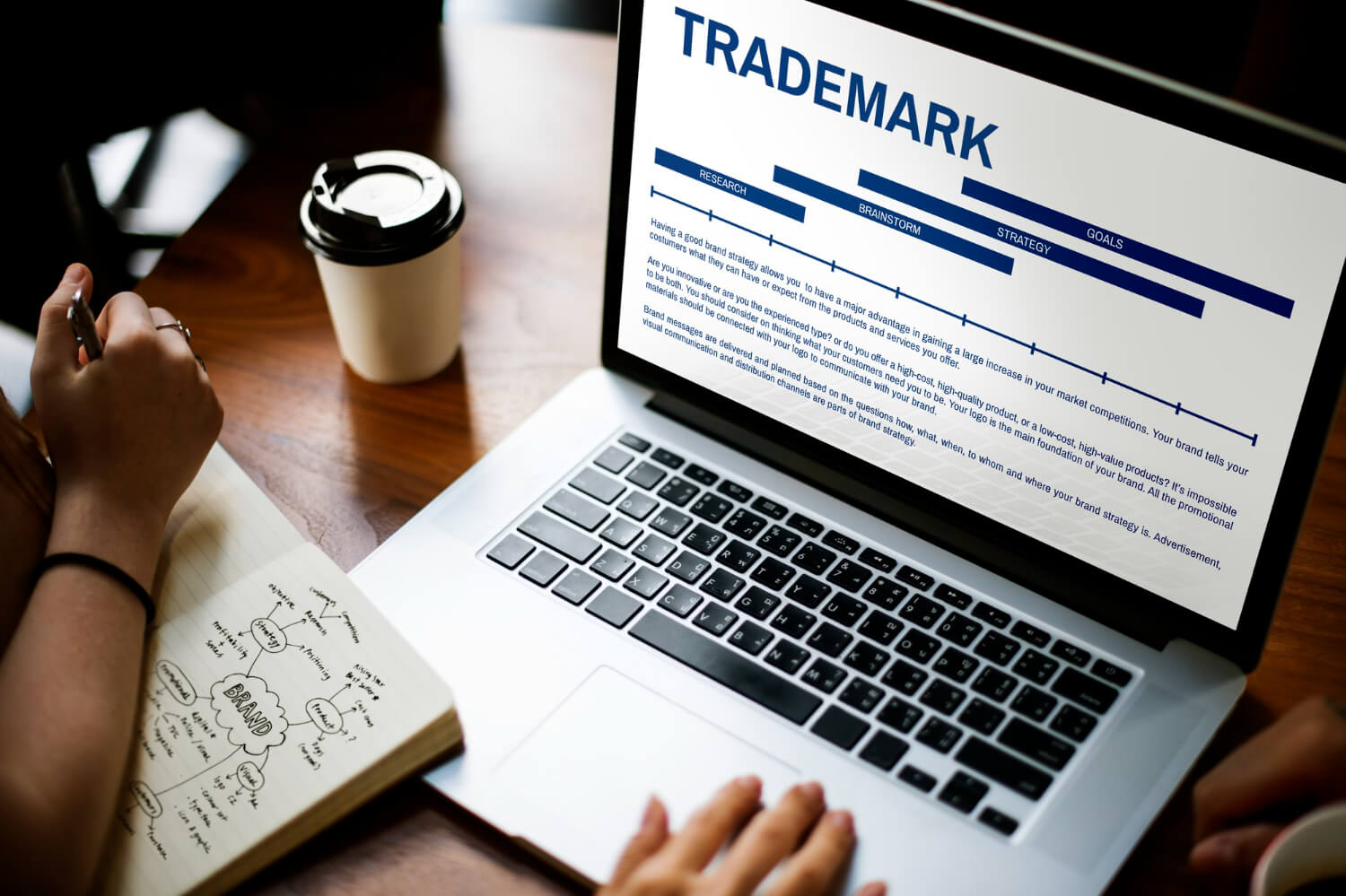Amazon Trademark Infringement Policy Explained: What Sellers Need to Know
Posted on November 24th, 2025
Selling on Amazon provides access to millions of customers around the world—but it also comes with strict rules to protect brands, consumers, and intellectual property. One of the most common issues sellers face is trademark infringement, which can lead to account suspensions, listing removals, or even permanent bans. Understanding Amazon’s Trademark Infringement Policy is essential to protect your business and stay compliant.
Below, we’ll break down what Amazon considers trademark infringement, how the process works, and what sellers can do to prevent and resolve related issues.
What Is Trademark Infringement on Amazon?
Trademark infringement occurs when a seller uses another brand’s name, logo, or other registered intellectual property without permission, in a way that may confuse customers. Amazon takes this very seriously because it directly affects brand integrity and customer trust.
Common examples of trademark infringement on Amazon include:
- Listing a product using a brand name that you don’t own or have authorization to use.
- Using another brand’s logo or similar imagery on your product or packaging.
- Creating a product title or description that implies affiliation with a trademarked brand when no such relationship exists.
- Selling counterfeit or look-alike products under another brand’s name.
For instance, if a seller lists a generic phone case and uses “Apple iPhone” in the product title without being an authorized Apple reseller, that could be considered trademark infringement.
How Amazon Enforces Trademark Protection
Amazon uses a combination of automated systems and manual reviews to detect potential trademark violations. In addition, Amazon allows rights owners (brands or their authorized representatives) to report suspected infringements through the Amazon Brand Registry or the Report Infringement Form.
Once a rights owner submits a complaint, Amazon investigates the claim. If the complaint is found valid, the platform may:
- Remove the infringing listing.
- Send a Trademark Infringement Notice to the seller.
- Suspend or permanently close the seller’s account if repeated violations occur.
In some cases, sellers don’t even realize they’ve violated trademark laws until they receive a policy violation notice. That’s why being proactive about compliance is crucial.
The Role of the Amazon Brand Registry
Amazon’s Brand Registry is a key program that helps protect registered trademarks on the platform. It allows brand owners to monitor listings, report infringements, and prevent unauthorized sellers from using their intellectual property.
For sellers, this means:
- If you own a registered trademark, enrolling in the Brand Registry helps safeguard your products.
- If you sell other brands’ products, you must ensure you have proper authorization or resale rights before listing.
Selling branded items without authorization can trigger complaints—even if the products are genuine—because some brands restrict who can sell their products online.
Common Causes of Trademark Infringement Complaints

Trademark complaints can happen for many reasons. Some are genuine, while others may be filed in error or by competitors attempting to suppress your listings. Below are common situations that lead to infringement notices:
- Unauthorized use of brand names:
Using another company’s name or logo in your listing title, description, or backend keywords without permission.
- Similar branding or packaging:
Designing packaging or logos that look too similar to another brand’s can create confusion and trigger complaints.
- Private label conflicts:
If your private label brand name closely resembles a registered trademark, Amazon may remove your listings even if it was unintentional.
- Reselling branded products without authorization:
Even if the products are genuine, many brands have distribution policies restricting who can sell their goods online.
- Competitor abuse or false complaints:
Unfortunately, some sellers misuse Amazon’s reporting tools to file baseless trademark complaints to harm competition.
What to Do If You Receive a Trademark Infringement Notice
Receiving a Trademark Infringement Notice can be alarming, but how you respond determines the outcome. The first step is not to panic—Amazon provides a chance to appeal and present your case. Here’s what you should do:
- Review the Complaint Carefully:
Log in to Seller Central and check the notification details. Identify which listing or ASIN was flagged and who filed the complaint.
- Assess the Validity of the Claim:
Determine if the complaint is legitimate. Sometimes the issue may be due to a misunderstanding or keyword usage.
- Gather Supporting Evidence:
Collect invoices, authorization letters, trademark certificates, or correspondence that prove your right to sell or use the brand name.
- Submit a Strong Appeal:
Draft a professional and factual Amazon Appeal Letter explaining your case. Clarify the steps you’ve taken to resolve the issue and demonstrate compliance with Amazon’s policies.
- Contact the Rights Owner:
If appropriate, reach out to the brand owner to request a retraction of the complaint. Many brands are open to resolving misunderstandings if you provide sufficient proof.
- Work with Amazon Appeal Experts:
If your appeal gets rejected or you’re unsure how to proceed, working with professionals who specialize in Amazon suspensions and appeals can increase your chances of reinstatement.
How to Prevent Trademark Infringement Issues
Preventing problems before they occur is always better than dealing with account suspensions later. Sellers should follow these best practices to stay compliant:
- Conduct Trademark Searches:
Before naming your brand or product, use databases like the USPTO or WIPO to check existing trademarks. Avoid names or logos similar to existing brands.
- Use Only Accurate Descriptions:
Don’t include brand names in your product titles or bullet points unless your product is directly compatible with or manufactured by that brand—and even then, phrase it clearly (e.g., “Compatible with Apple iPhone” instead of “Apple iPhone Case”).
- Register Your Own Trademark:
Protect your brand by obtaining a registered trademark. It not only safeguards your business but also allows you to enroll in Amazon’s Brand Registry.
- Avoid Using Branded Images:
Don’t use other companies’ logos or promotional images, even if they seem generic. Always use original photos and content.
- Maintain Records:
Keep organized records of invoices, authorization letters, and supplier contracts. These documents are vital in defending your case if a complaint arises.
- Monitor Your Listings:
Regularly review your listings to ensure compliance and make necessary changes if Amazon updates its policies.
Why Understanding Amazon’s Trademark Policy Matters
Amazon’s marketplace has millions of active listings, making intellectual property protection a top priority. A single violation can result in severe consequences—especially for sellers who rely on Amazon as their primary sales channel.
Understanding and respecting Amazon’s Trademark Infringement Policy not only keeps your account safe but also builds trust with your customers and strengthens your brand’s credibility.
For new or growing sellers, the rules might seem complex at first, but staying informed and compliant helps ensure long-term success.
Need Help with a Trademark Infringement Appeal?
If your listings have been removed or your account suspended due to a trademark infringement complaint, Amazon Appeal Pro can help you get back on track. Our experienced team specializes in Amazon appeal services, helping sellers resolve policy violations and reinstate their accounts quickly and effectively.
We know how to communicate with Amazon’s internal teams, draft compelling appeals, and present the necessary documentation to prove your compliance. Don’t let a trademark issue derail your business—contact us today at (954) 302-0900 to discuss your case and learn how we can help protect your selling privileges.
With the right support and strategy, you can recover your account and continue growing your Amazon business with confidence.

